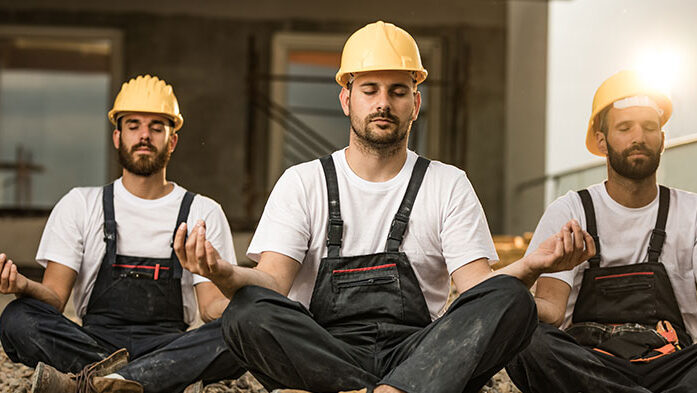In a post titled “The 8 Top Corporate Wellness Programs“, Konstantin Koss comments that “Health Risk Assessment (HRA)”…is used to ” determine the safety and health concerns of workers by assessing the appropriateness of the facilities and equipment against the needs of the employees.”
In our experience, this statement blurs the facts and may overstate the goal of an HRA. What Mr. Koss describes is an assessment conducted as part of an occupational safety and health program. Typically, this is managed by a safety and health professional and the goal is to control exposures to safety and health risks inherent to the workplace. These professionals have the responsibility to evaluate the level of exposure workers have to certain hazardous or dangerous materials and practices, NOT the employee through an HRA. Workplace exposures could include slips, trips, or falls, exposure to chemicals, electric sources, non-iodizing radiation, and noise, or exposure to poor ergonomic conditions that can result in injury.
An HRA, as we’ve seen it used, is a tool within the Wellness Programs offered to employees. Typically it involves a questionnaire or survey of an individual’s personal health habits. It’s purpose is to identify personal exposures and conditions of an individual to establish a baseline of their health/wellness. This can include blood pressure, cholesterol levels, heart rate, body fat index, family health history, and personal health habits (diet, smoking, exercise). From this information, a Health Wellness Coach works with the individual to identify which, if any, identified health risks are important, and to guide the individual to personal changes which control the risks.
It concerns me when personal health/wellness and workplace safety are lumped together as the same issue. Wellness is a personal choice, and is completely controlled by, the employee. Workplace Safety is a business choice employers make, and control, to protect employees and meet regulatory requirements.
There is no denying that companies can benefit from improving the overall wellness of their employees and in fact, it’s just a good thing to do (important in today’s environment of high corporate social responsibility expectations). Workplace safety on the other hand is an imperative. Healthy or not, workers in an unsafe environment will get hurt and/or sick. If you want healthy employees, and a more tangible ROI, fix the workplace first.
